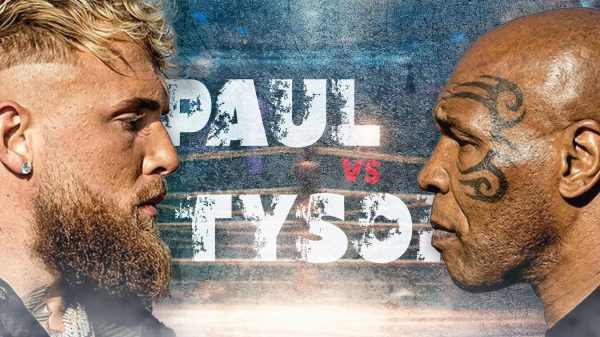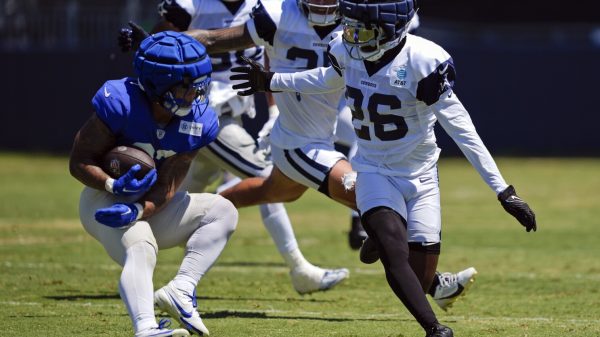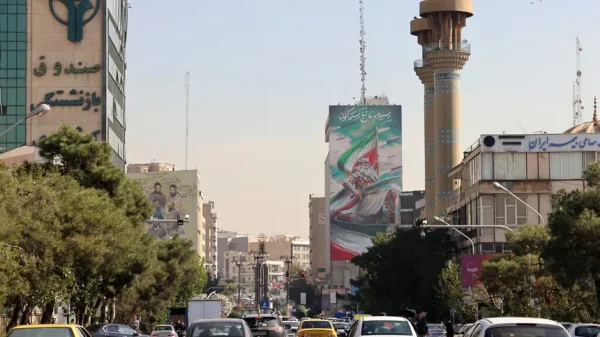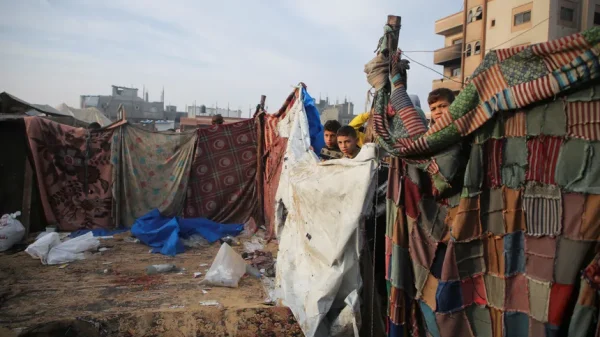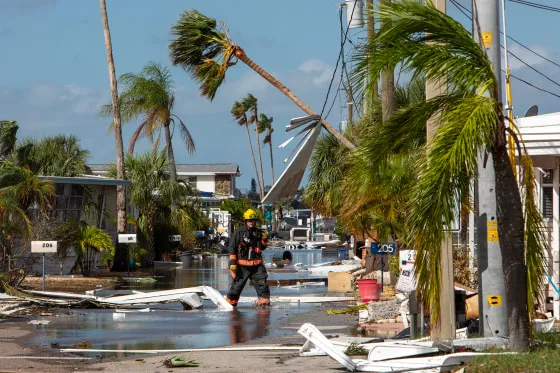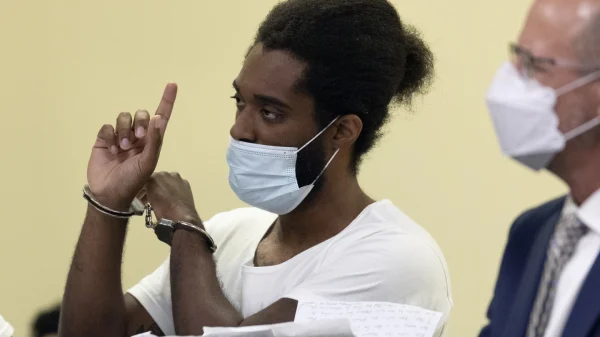Hurricane Milton left a trail of devastation across Florida, causing widespread destruction, chaos, and loss of life. The storm made landfall in Siesta Key as a Category 3 hurricane, bringing with it torrential rains and powerful winds. The city of Tampa was spared a direct hit, but neighboring areas suffered significantly, with flooding reported in Clearwater and Sarasota. In Sarasota, the flooding was described as “absolutely staggering”, with 13.5 inches of rain falling and causing widespread power outages.
Rescue efforts were ongoing, with emergency crews working to evacuate residents and pets affected by the storm. At least 340 individuals and 49 pets were rescued, with many more still stranded. The storm also generated scores of tornadoes, with one reported in the Everglades and another in Fort Myers. The destruction was felt throughout the state, with millions affected and thousands left without power or access to basic services.
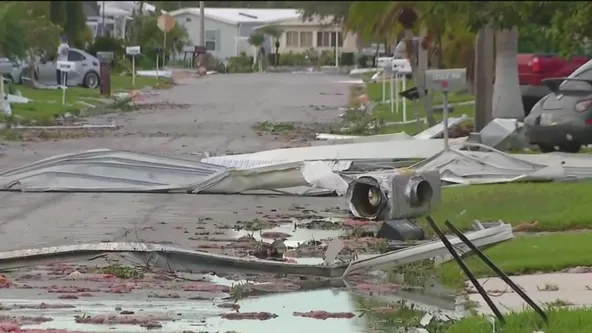
Hurricane Milton aftermath (Image via Getty)
The storm’s impact was exacerbated by the recent passage of Hurricane Helene, which had already flooded streets and homes in western Florida and left at least 230 people dead across the South. The combined effects of the two storms left millions without power, and thousands fleeing their homes. The city of St Petersburg experienced a water main break, leaving residents without access to tap water, while the fabric roof of Tropicana Field was torn off, causing significant damage.
Search-and-rescue operations were ongoing, with crews working to access affected areas and clear debris. The storm’s destruction was severe, with homes destroyed and lives lost. The full extent of the damage is still being assessed, but it is clear that Hurricane Milton brought significant destruction and disruption to Florida. As the state begins to rebuild and recover, residents are left to reel from the aftermath of the storm, which has left a lasting impact on the state’s infrastructure, economy, and people.




